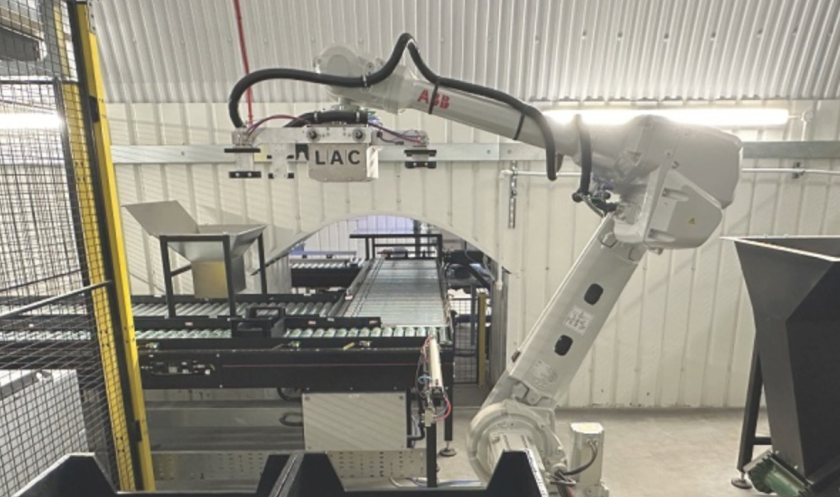
As technology continues to evolve, robotics is transforming the landscape of material handling in the industrial and manufacturing sectors.
This article explores the different types of automated robotic systems, their key benefits, and how they are reshaping material handling processes. We also highlight the latest trends and innovations driving this change, offering insights into what the future holds for robotics in industrial automation.
How Do Robotic Material Handling Machines Work?
Robotic material handling machines use sensors and sophisticated programming to carry out tasks with precision and efficiency. These systems can detect, assess, and interact with the materials they handle, ensuring smooth operations. When choosing the right robot for your needs, several factors come into play. The layout of your facility is crucial for determining the number and positioning of robots. The nature of the materials—whether fragile, hazardous, or bulky—will impact the design and functionality of the machines. Additionally, payload capacity and speed requirements must be considered to ensure safe and efficient handling.
Benefits of Robotic Material Handling
Robotic material handling systems offer a wide range of advantages that can transform industrial operations:
The Role of Robotics in Material Handling
Robots play an essential role in automating material handling tasks, such as lifting, moving, and placing objects. Modern robots go beyond traditional stationary arms; they now include mobile robotic platforms with the flexibility to perform tasks across various locations. The specific capabilities of a robot depend on the type of machine selected, and the applications are vast.
Common Applications of Robotic Material Handling
By automating these key tasks, robotic material handling machines not only improve productivity but also ensure a safer, more cost-effective operation in industrial settings.